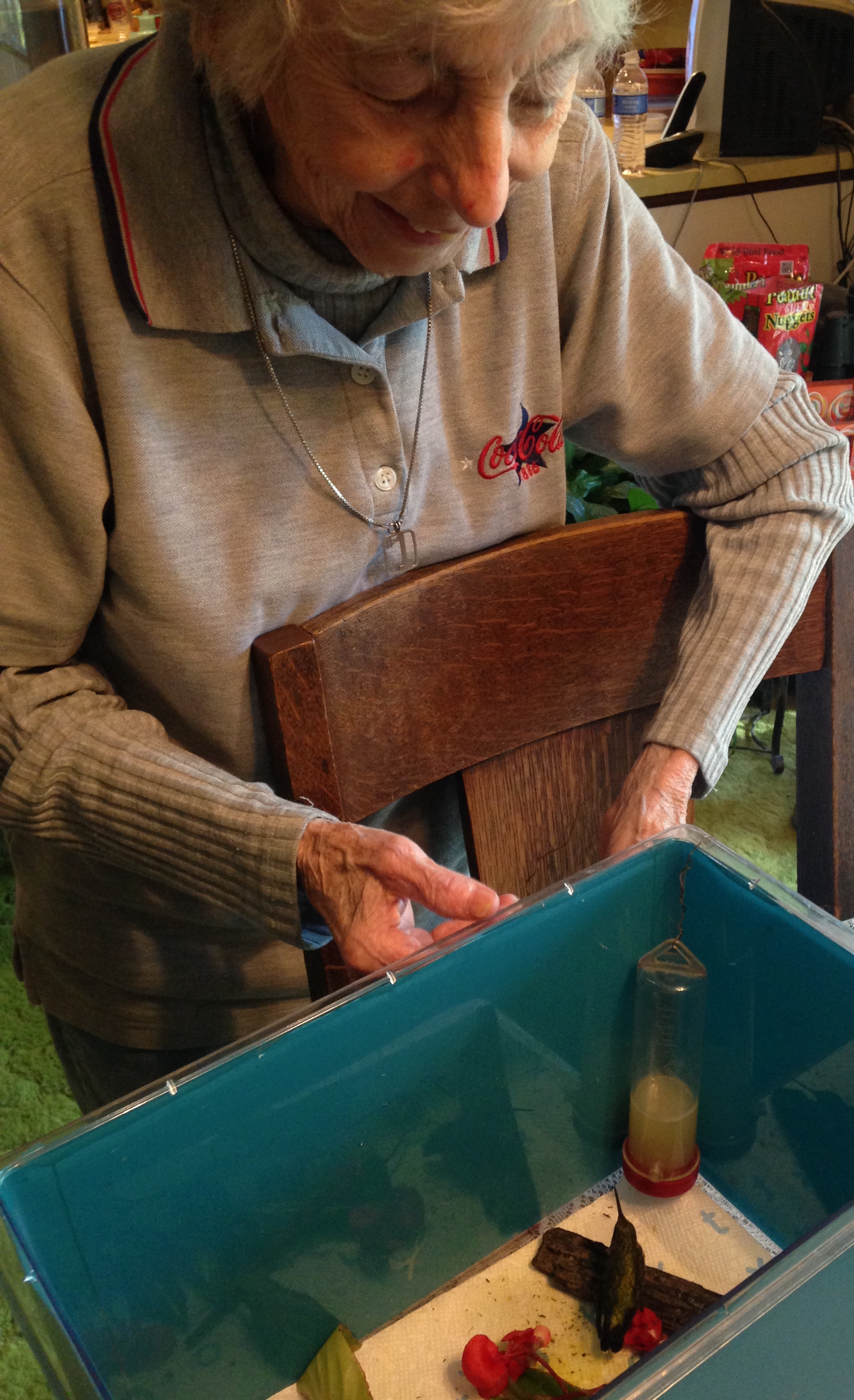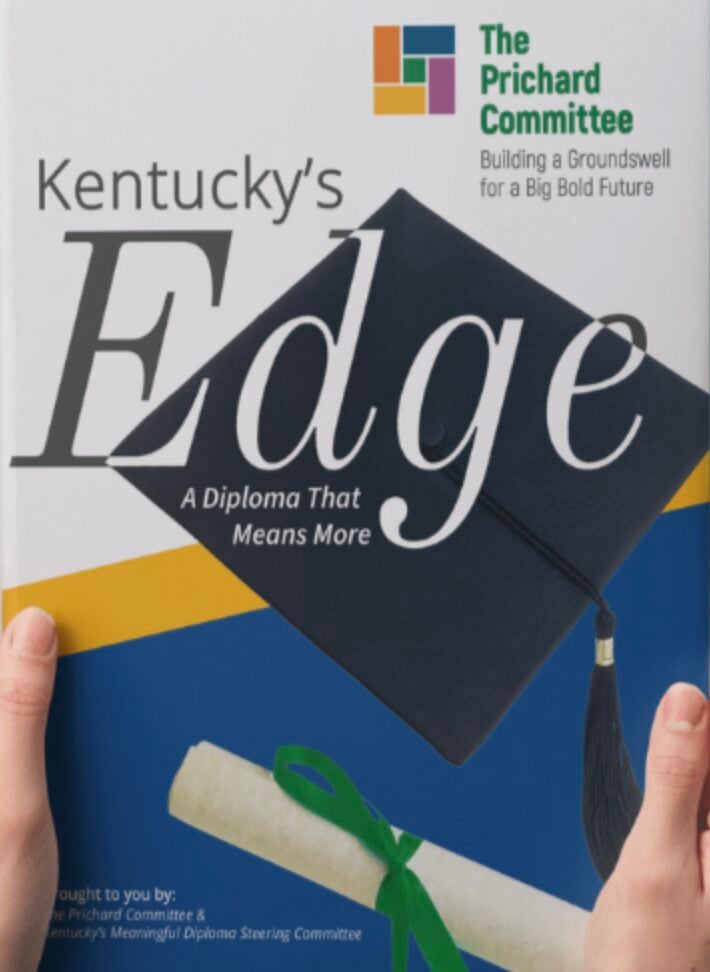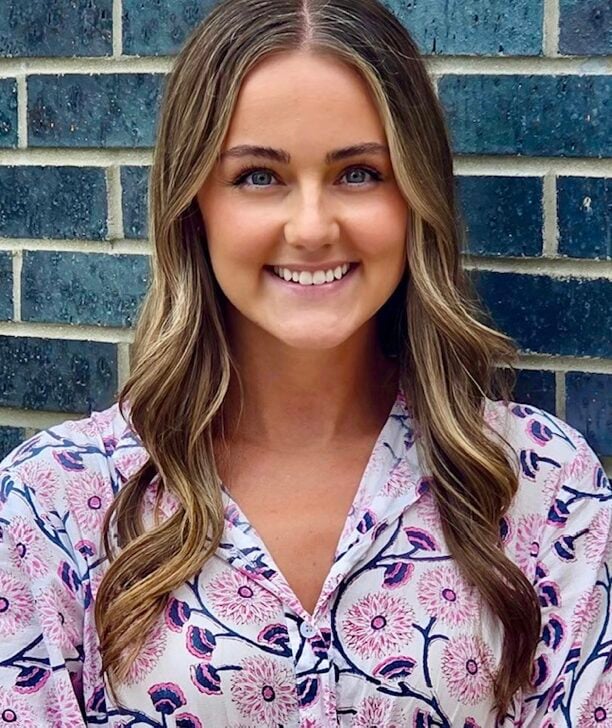Ginger Rood with one of her tiny, fragile patients who will likely remain with her over the winter (video by Shelly Whitehead)
By Shelly Whitehead
NKyTribune Contributor
At 79, she’s saved thousands of wild birds. Now she needs you.
With a mere 15 or 20 birds under her care this week – only three of them ailing — life is finally slowing down a little for 79-year-old wild bird rehabilitator, Ginger Rood.
For this spry and ever-upbeat Union woman, that’s nothing short of a vacation. In fact, she might even have time to leave the house for a few minutes and perhaps attend a few holiday parties with her husband for a change.
Most of the year though – from March through October – that’s far from the case. In fact, as the only certified wild bird rehabber in the eastern half of Kentucky – and one of only about five in the state – most of the remaining nine months of each year Ms. Rood is ridiculously busy tending hundreds of injured and ailing birds that have been brought to her birdfeeder-laden doorstep by people around Kentucky.

“I get 50 to 100 calls a day during the bird season. . .and in June and July, I probably get as many as sometimes 20 birds a day from around the state. I’ve had people drive from London, Kentucky just to bring me a hummingbird – that’s 150 miles trip each way and we average 300 to 500 birds a year.
“These,” she says as she plunks a six-inch stack of forms down on her coffee table amidst a rare restful moment on her living room couch, “are the birds I’ve gotten so far this year. I’m required by the government to have a paper filled out by each person telling what the bird is, where they found them and things like that.
“But I really do love it — it’s not something I am forced to do. In fact, I was going to be a hermit when I was 12 and live on a mountaintop — and the only things that could come up had to have fur or feathers. . .Now that didn’t work out, but what I’m saying is I do this because it’s a passion and I love it.”
A passion borne of a Panamanian love affair
The love affair Ms. Rood has with her feathered friends started when she was just 8 years old — right about the time she moved to Panama with her family. In that tropical location, she was surrounded by more birds of more varieties and hues than she ever imagined. Then, when she was 12, a neighbor gave her a canary that, sadly, died the next day. She says that although she did not know it at the time, the tiny creature was displaying a classic sign of avian illness that she had not yet learned about. And you might say, Ginger Rood has spent the rest of her life making sure that didn’t happen again.
“When the bird died the next morning, I thought I had killed him with my violin really,” she recalls. “I remember he wouldn’t sing – he just sat on the perch all puffed up. So I named him Puff and I played my violin for him. Then, I thought my scratchy violin must have killed him.
“But, later I found out if you see a bird that’s puffed up, there’s a problem. A bird is supposed to be slick unless it’s a baby and then they’re puff balls. But, when you see an adult bird that is puffy – that’s one of the first signs of sickness in a bird. They start expanding their feathers because that’s the way they warm their bodies and if you don’t recognize it as one of the first symptoms of an ill bird, they’re going to die before you can help them. Still, that’s how I got started with all this.”
Luckily for us, here in Kentucky — particularly those of us with wings – Ginger Rood not only continued her love affair and learning about all things wild bird-related, but she also fell in love and married a fellow who was later transferred to the commonwealth. Initially, Ms. Rood said she was terribly homesick for Panama and all her flying friends there. But that’s another particularly nice thing about wild birds – they move around a lot — and soon she was caring for the feathery inhabitants of her new Kentucky home.
More than two decades saving thousands of Kentucky’s wild birds
In fact, over the last 22 years that Ginger Rood has been living in Boone County, she has become the primary go-to person for all manner of injured and ill wild birds. Although she must transfer any raptors to a sanctuary in Irvington and the state no longer permits her to take certain non-native birds, like sparrows and starlings, she still has seen and saved a lot of avian suffering over the last several decades.
“We save between 60 and 70 percent of them. . .I have to report any criminal activity that results in a bird’s death or injury like gunshots, poisoning and electrocutions, which are also considered criminal activity,” she said referring to some of the creatures that come in contact with active power lines.
“I hate it when they die. But, so many of them when they come in and the cat has gotten them or they’ve been hit by a car, I don’t get attached because they really don’t last much longer. But when I raise them from babies only for them to die two months down the road, that’s bad.
“I had five little Carolina wrens that really tore me up that were brought to me in a flower pot where their nest was. They were just maybe five or six days old and I raised them and they were doing great. Then, all the sudden they started dying just as they were getting ready to fledge, one after the other. And we sent them down for a necropsy and they had aspergillus – a fungus I know came from the dampness of the flowers.”
Clearly, this is not an easy job physically, emotionally or even financially. Aside from caring for dozens of sick and injured birds, there is the seemingly unending trail of baby birds brought in throughout the spring and summer. And every one of them has to be fed. And we’re not talking the few times a day that our featherless infants require. These babies demand their food, sometimes to be given through a tube into their throats, every 15 minutes for 16 hours each day.
And she does all this with no pay, no benefits and very little recognition. Granted there are the generous donations that her ever-expanding group of bird-loving humans make to her in the name of her 501C-3 organization, Wildbirds in Northern Kentucky (WINK). But, even those fail to fully compensate for the $4,000 to $6,000 of supplies she needs annually or the services of the veterinarian her certification requires. And then there is the emotional toll.
Under the requirements of her rehabilitator’s certification, Ginger has just 180 days to restore these often severely ill and injured animals back to a flight-ready state. If the bird is too sick or injured to return to the wild in that span, state law mandates that the bird be euthanized. And that, says Ms. Rood, is something she will never get used to.

“You asked me how I deal with the dying and how I get over it? Well, I don’t,” she says. “I cry all the time.”
At 79, she needs a hand — or maybe several dozen hands
So all this is to say that as much as anyone, Ginger Rood knows how tough and demanding this job can be, but the fact is, she’s 79 and she is fearful that illness may one day make it impossible for her to continue her work. What then will all these fragile little winged beings do?
“I need help, yes, but really I need a center because, we’re running this out of our home and on top of that nobody today wants to do this 24-7 for 365 days a year like I do. I understand – they can’t. They have small children or they work.
“But many people say they can help some of the time, so I’m hoping somebody might have a small piece of property with an old building on it they would let us use for maybe two years free to see if we can even make this work. Maybe the county’s sitting on something? Because if we had a center, people could come and help … and we could have an exhibit permit even, which I’m not allowed to do.”
So consider this a sort of “call of the wild” or maybe even a kind of nouveau investment opportunity.
Granted, it’s not your traditional investment that pays off in dollars and cents, but it does pay off. After all, over the course of Ms. Rood’s 22 years here, she has taken in many thousands of birds in every size, shape and color. And if she’s managed to save 70 percent of those, imagine how much sweeter all our lives are today. Here’s a chance to continue to provide that pay-off to our community and make one very industrious and compassionate woman very happy.
“I learn something from a bird every single day,” she says. “I’ve learned that you can get three robins in a nest and raise them side by side and every one of them will have a different personality – there’s the shy one, the aggressive one, and then, here’s the one that talks all the time.
“They all delight me.”
To contact Ginger with help or property please try these:
859.384.4022 or email wildbirdsinnky@gmail.com.






















Ginger and Ken are beautiful souls. Thank you both for everything you’ve done to help the birds and people as well.
A friend of mine just set up this page in order to raise money for Ginger. He is passionate about birds as well and after coming across this article wanted to do something to help make a difference for her. Please consider joining in this effort… https://www.gofundme.com/j385fefg
I second the comments from Denise and Gayle. Ginger is a remarkable, local treasure. She and her husband Ken have committed so much time, effort and funds on helping our Kentucky wildlife, who just need a helping hand on occasion – no different than the rest of us who need some help on occasion. They are tireless workers and only now are getting a bit of a break from the heavy influx of the past months. As a community, I believe we should have a center where we may divide the work amongst many. It would a terrific achievement and if it also had an educational component, how wonderful would that be?! I believe that it could be a model center for other communities. Thank you Ginger and Ken for all of your hard work over the years on behalf of our community!
She is a remarkable lady! I have brought a few birds to her and she is beyond amazing! She for sure has a gift!
Thank you for writing about our local treasure Ginger Rood. My favorite story about Ginger is how when she and husband Ken lived in Panama they would visit the markets where vendors sold caged wild birds. The two of them would buy cages of these birds and drive them back out to the jungle and set them free. Ginger is the Mother Teresa of the bird world and is just as humble. Thank you Ginger for all you have and continue to do.
To contact ginger with help or property please try these:
859.384.4022 or email wildbirdsinnky@gmail.com.